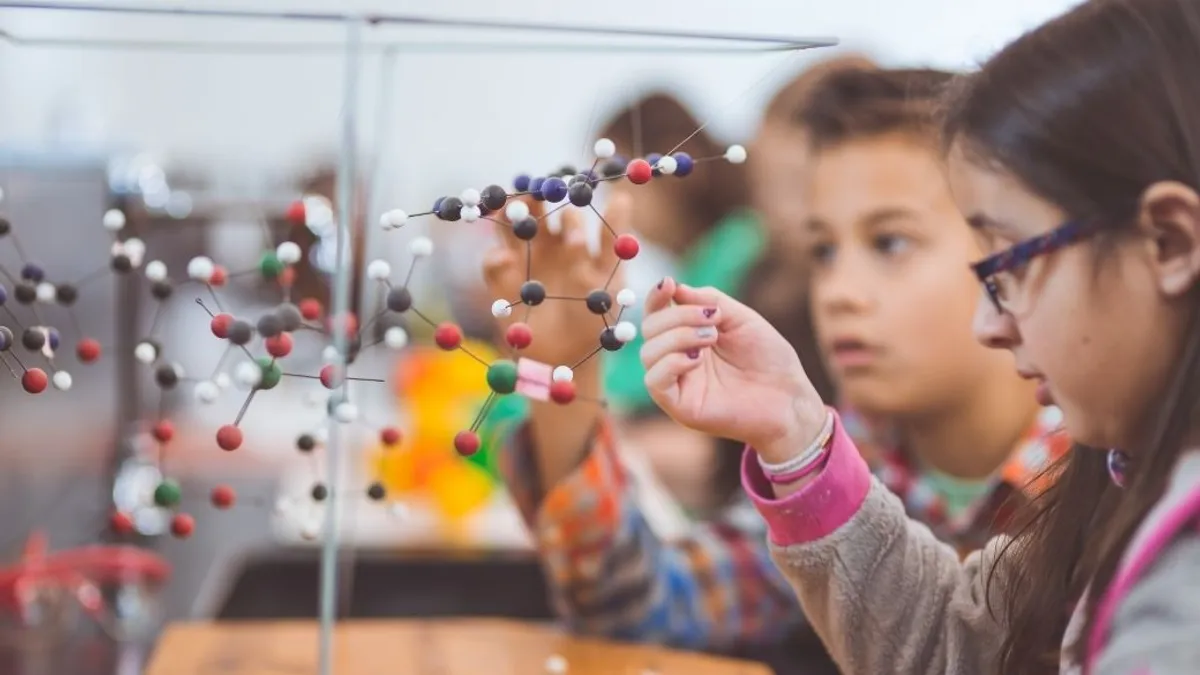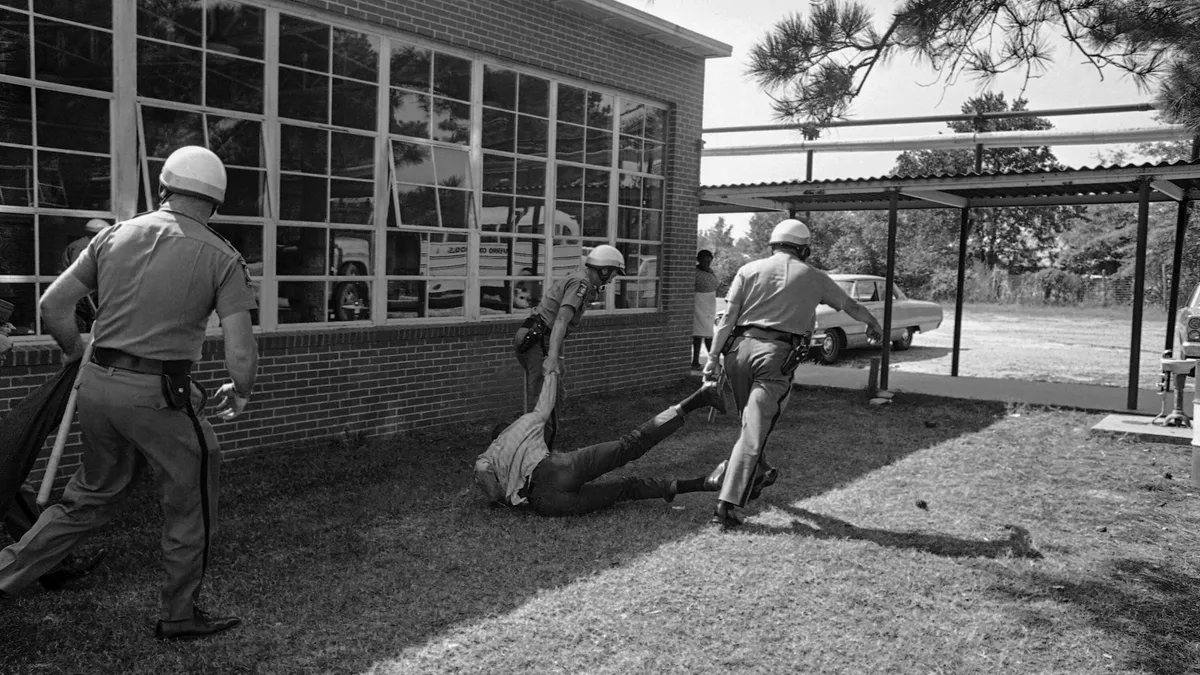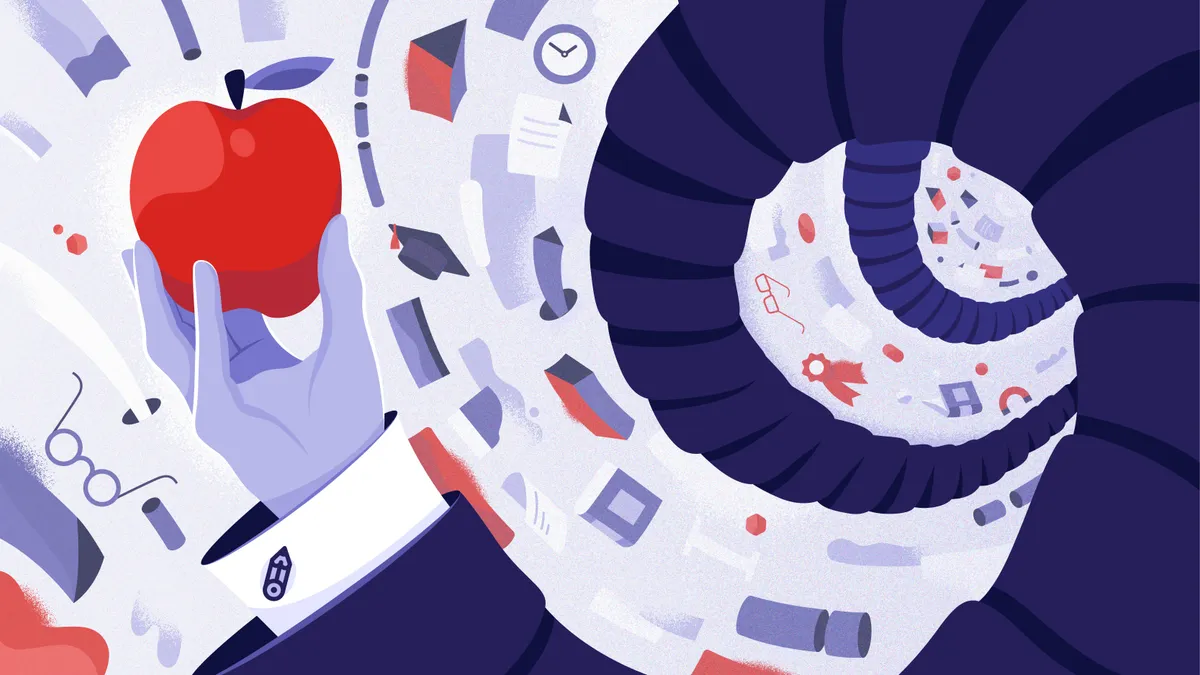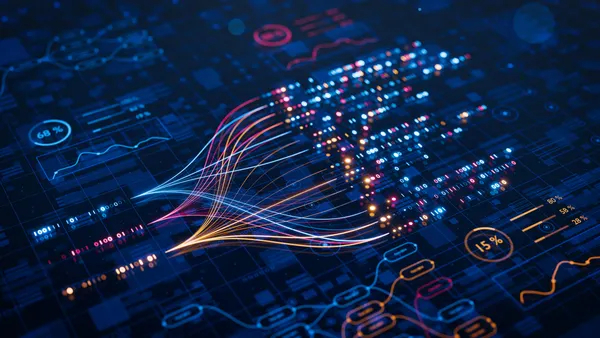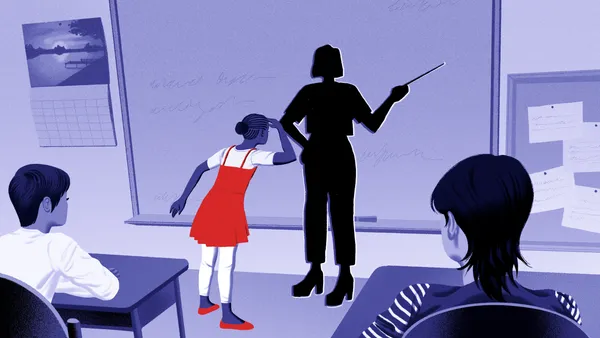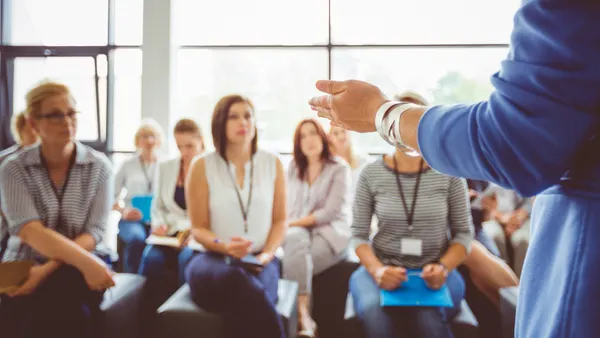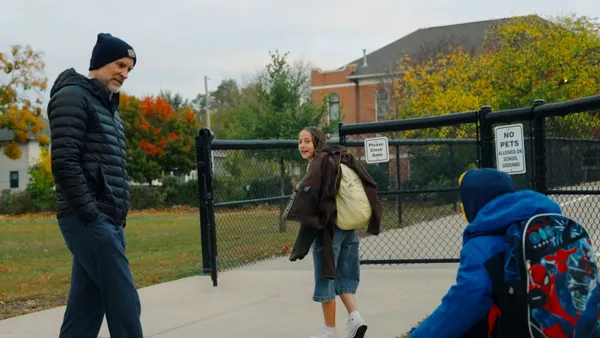Traditional postsecondary career readiness is archaic. Students choose a college, then a degree, and then a career. Shouldn't we choose amongst potential career pathways and then evaluate the different education-to-career options that are best aligned to who we are, the problems we want to solve, and how we learn? While one student may excel in a university setting, another might be better suited towards earning industry recognized credentials that make them equally or perhaps better prepared for the workforce. Career Connected Learning aims to distill all these moving parts and make them a reality.
Many definitions of Career Connected Learning are narrow - with some being analogous to only work-based learning (WBL). Work-based learning is an educational strategy that provides students with real-life work experiences to develop their employability. While we wholeheartedly believe in the potential of work-based learning methods, MindSpark sees the definition of Career Connected Learning as much more expansive in that it encompasses a complete ecosystem approach with educators at the epicenter. By maintaining a relentless focus on educators within Career Connected Learning, we can break down the barriers to success so frequently encountered when education models like P-TECH and apprenticeships fail to bring along the entire system or pave the way for affordances that students and teachers need when they converge back in the classroom.
At MindSpark Learning, we believe that extraordinary Career Connected Learning bridges the needs of the economy and education by focusing on opportunity, belief, skills, and readiness gaps.
Workforce Literacy to Quell the Opportunity Gap
Globalization and technological innovation are having a vast impact on the evolving workforce. Often, education struggles to understand labor market needs and the emerging careers available to students. Students are not aware of the breadth of career opportunities open to them. It’s important to instill good career literacy strategies and resources that lead to the ability for students to flourish. These strategies begin with workforce literacy for educators.
Occupational Identity to Tackle the Belief Gap
Young people, and adults around them, hold incorrect beliefs about the aptitudes or traits individuals need to thrive in the workforce. Early and comprehensive exposure to career opportunities and diverse career role models are key to busting these stereotypes. Building equitable career launchpads leads to prosperous careers for all. Occupational identity is about helping young people develop a sense of self and potential - what they like to do, what they believe they are skilled at, where they feel they belong, and how they envision their future selves in the workforce. Educators are uniquely positioned to help students form and foster their occupational identities.
Work-Based Learning to Abolish the Skills Gap
The skills gap is illustrated by a great number of open jobs, and no one qualified to fill them. Too few students are developing the durable and transportable skills required for a varied and fulfilling professional life. This type of postsecondary readiness includes a wide spectrum of work-based learning experiences that are market-driven and student-centric. The power of the work-based learning continuum is looking at the confluence of education and business coming together to co-create talent – whereby students can ‘learn about work’, ‘learn through work’, and ‘learn at work’. When educators specify which skills students are learning and why they are important for certain career pathways, they can create space and ample opportunity for students to practice workforce skills in authentic ways.
Career Connected Pathways to Crush the Readiness Gap
There are many opportunities for young people to pursue good jobs in high-wage, in-demand occupations. In preparation, students can attain industry recognized credentials through well-defined education-to-career pathways. When industry and education co-create talent, young people can contribute, innovate and become active citizens. Career connected pathways are a series of interconnected education, training, and work experiences - surrounded by student support services. When educators treat these pathways like superhighways, students have a choice about their own workforce readiness with multiple onramps and offramps.
The promise of Career Connected Learning is compelling. An ecosystems approach can unify real-world context into learning, inform student choice around career readiness, advance student intention and motivation to pursue rewarding careers, and boost the participation of underrepresented students in high growth career paths.
Check out MindSpark’s new “Career Connected Learning Unleashed” course to learn more about how you can raise the bar on your organization’s postsecondary readiness. We’re offering the K-12 Dive community 25% off our new course! Use code CCLU25 at checkout to use discount.

